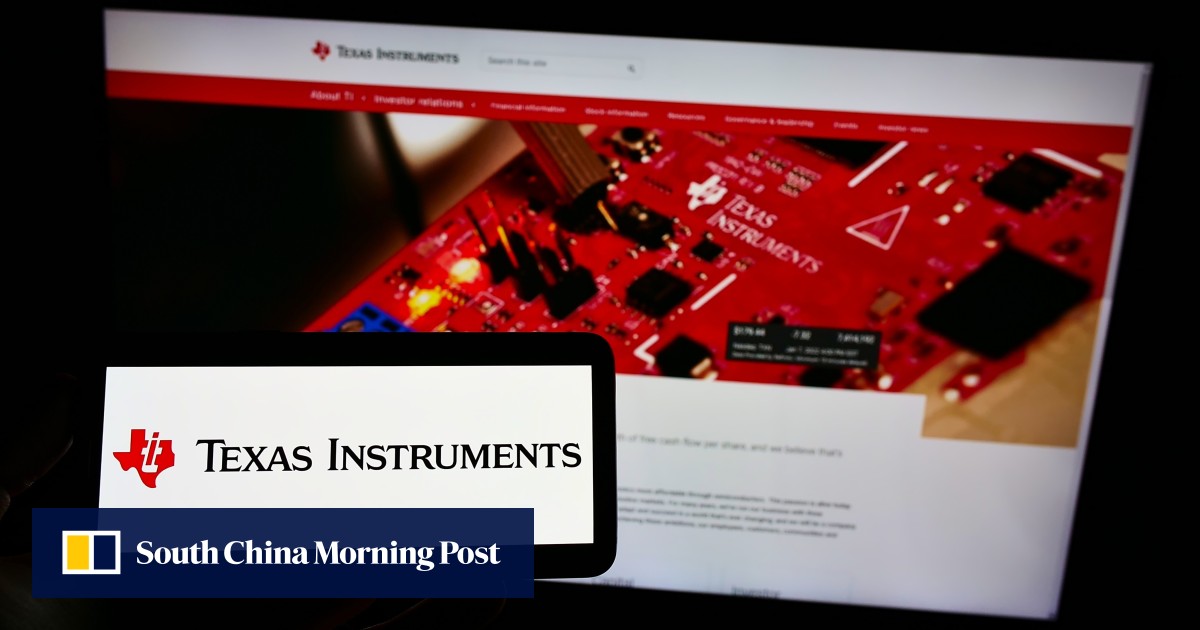Iran has toned down its threats two weeks ago to “retaliate” against Israel.
The regime has appeared to shift gears, at least in rhetoric, since the US election on November 5. Iran attacked Israel with 180 ballistic missiles on October 1. When Israel retaliated for that attack, Iran then claimed it would “retaliate” as well, leading to a potential cycle of direct attacks.
However, Iran may be rethinking some of its tactics and strategy in this regard. On November 16, the main issue on Iranian President Masoud Pezeshkian’s desk was a railway link that Iran has been working on for years. Pezeshkian “has called for efforts to expedite the construction of a key railway project in the north of the country. The Iranian president made these remarks during a meeting with the minister of Roads and Urban Development and Iran’s ambassador to Russia on Saturday,” Iranian state media said.
Iran wants this link with Russia, which is called the Rasht-Astara railway because it can aid Iran’s north-south economic trade corridor. The railway is part of a much larger series of projects that would link Iran to Russia via the Caucasus. “Pezeshkian stressed the need to speed up land acquisition operations along the route of the Rasht-Astara railway,” Iran’s IRNA noted.
Fucing hurdles
However, Iran faces hurdles even in this relatively simple project. The Iranian president was told that there are limited resources for “land acquisition” that are needed for the project, illustrating Iran’s major problem in the future.
Iran has signed a 25-year deal with China and wants to expand trade with Russia and other countries linked to the BRICS economic group. However, Iran is still a relatively poor country. The incoming Trump administration is likely going to want to increase sanctions and reduce Iran’s trade. Iran is thus running to try to seal deals before the Trump administration takes office.
“Kazem Jalali, Iran’s ambassador to Russia, also reported on the Russian commitment to the project, emphasizing their eagerness to expedite freight transport routes from the south. Iran and Russia see the 162 km (100 miles) Rasht-Astara railway as an important link in the International North-South Transport Corridor,” the IRNA report noted.
In other news published by state media in Tehran, the Iranian Atomic Energy Organization of Iran (AEOI) has said that it “has transitioned plasma technology from research to industrial application, inaugurating the country’s first plasma-based dry fruit processing and decontamination plant in Rafsanjan.”
Iran’s IRNA reported that this relates to using technology for pistachio orchards and the processing of their products.
The Iranian official “expressed hope that it will mitigate damage to exports and encourage broader adoption of plasma technology in agriculture. The factory aims to process up to 6,000 tons of nuts annually in its initial phase. It can handle a range of products, including pistachios, almonds, peanuts, corn, grains, oilseeds, and legumes, with a processing capacity of three tons per hour.”
AEOI head Mohammad Eslami said, “The AEOI is deeply committed to leveraging nuclear technology to address domestic challenges and to enhance the quality of life for our citizens.”
One could read this as Iran obfuscating as it wants to ramp up its nuclear program in the next months. However, one could also read this as Iran focusing on domestic industries as part of a rhetoric that is designed to pretend they’re not escalating.







